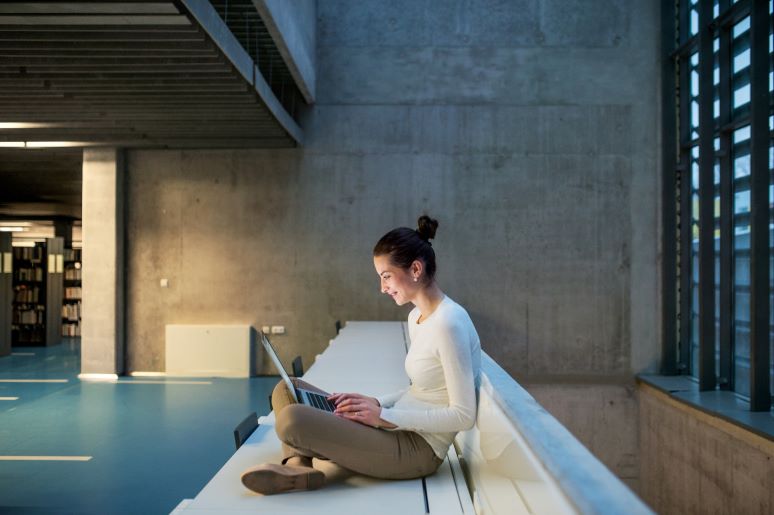My father’s desk in his home office was truly a DESK: A monolith of mahogany with brass fittings and deep, heavy double-drawers on either side that rumbled like a train when you pulled them open. It smelled like ink and it yielded up office supplies of a bygone era: notary seal, rubber stamps, yellow legal pads. It must have dated from the early 20th century, and my dad claimed it when his employer moved to a spiffy new Modernist building with sleek new Modernist furnishings, and offered the old furniture to any takers.
By contrast, my own home office features an assembly of two sawhorses supporting one $10 slab of MDF, a setup that confirms my status as the World’s Cheapest Man.
A desk isn’t what it used to be. Among the things I don’t need: drawers. Among the things I do need: a flat surface, and, well… that’s about all. The rest of my home office deployment was a real estate decision: location, location, location. Near power outlets. Facing a window and a floor lamp for better lighting on video calls.
Last week I
wrote in this space about hot desking, but maybe what we’re heading toward is no desking. My experience would seem to point in that direction, and that’s also the suggestion of this
recently published blog from the website of design firm Gensler. The authors, José Luis Sanchez-Concha and Francesca Poma, suggest that enterprises stop thinking of the desk as the basic unit for individual occupancy. In the office of the future, many of those who show up in person will be there solely to collaborate with others; they’ll likely work from home for individual, focused work. So when they do come into the office, they may actually be planning to spend the entire day in a collaborative space with colleagues who likewise are on site specifically for the purpose of working together. These employees may not even need a “touch-down” kind of workstation of their own for the day.
The office may still need some dedicated workstations for those employees who do find themselves doing individual work while on site, Sanchez-Concha and Poma write. But the overall design strategy should not necessarily assume there has to be an individual workstation and available collaboration space for everyone who might be on site at a given moment.
“Rather than calculating space based on the number of desks, since the desk is no longer the driving factor for the whole program, we need a different, more granular approach to office planning,” they write. “Focusing on the number of seats provided will help us plan for a more variate set of spaces to support the workforce’s evolving needs. This approach addresses both supply and demand for spaces and includes areas for focused work and collaborative workspaces.” A seat may be at a desk, or it may be in a huddle room or some other collaborative area.
This kind of planning can keep space requirements and therefore costs down, while still providing the distancing that enterprises will want to build into their future designs, the authors conclude. They estimate this planning model could reduce space needs by 15 – 30%. The authors also suggest that this more “granular” approach to space design can “de-densify” spaces and leave more room for circulation, in keeping with the greater need for distancing.
In the future, the question for workers coming into the office may not be, “Can you find a desk?” But rather, “Do you need a desk?”




